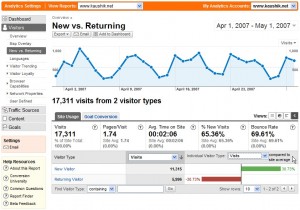I recently had the opportunity to hear Cathey Armillas, author of The Unbreakable Rules of Marketing, speak about her 9-1/2 rules of marketing and I have to say that I was impressed. Impressed first with her ability to boil a very complex subject down to a small number of specific reminders for all of us in the marketing world and impressed secondly by her ability to explain the reasons for those rules.
For those of you not familiar with those rules, I present them here (with Cathey’s permission):
1. Consistency beats ability
 2. Perception is reality
2. Perception is reality
3. Be creative or die
4. The medium is not the message
5. Work hard to keep it simple
6. Give love to get love
7. Emotions rule the world
8. Go big or go home
9. Everything is marketing
The 1/2 rule: Know the rules and now when to break them.
I share these rules with you because I think they make a lot of sense. Too often we get caught up in tactics before we work out a real strategy. Or know what our unique message is. And who needs to hear that message.
In my marketing plan and marketing strategy consulting work, I emphasize the need for setting the goals before establishing the strategies and, especially, before executing tactics. It was gratifying to hear Cathey reinforce that philosophy. She is clearly not in the “fire, aim, ready” class of marketing strategists who don’t find out what your business is all about, who your target markets are, what you really need to do and how you need to do it before recommending a course of action. She will question the heck out of you to get to what you are really all about before attempting to help you build a strategy. Very professional.
Cathey’s Rule 6 — Give love to get love — is really the reason for this blog post. She gave of herself this morning and I wanted to share her wisdom with you. I’ve included a link if you want to buy her book. It’s a good investment. And no, I don’t get a commission!
Thanks for reading and please don’t be shy about sharing your thoughts about this post with me. I look forward to hearing from you.




